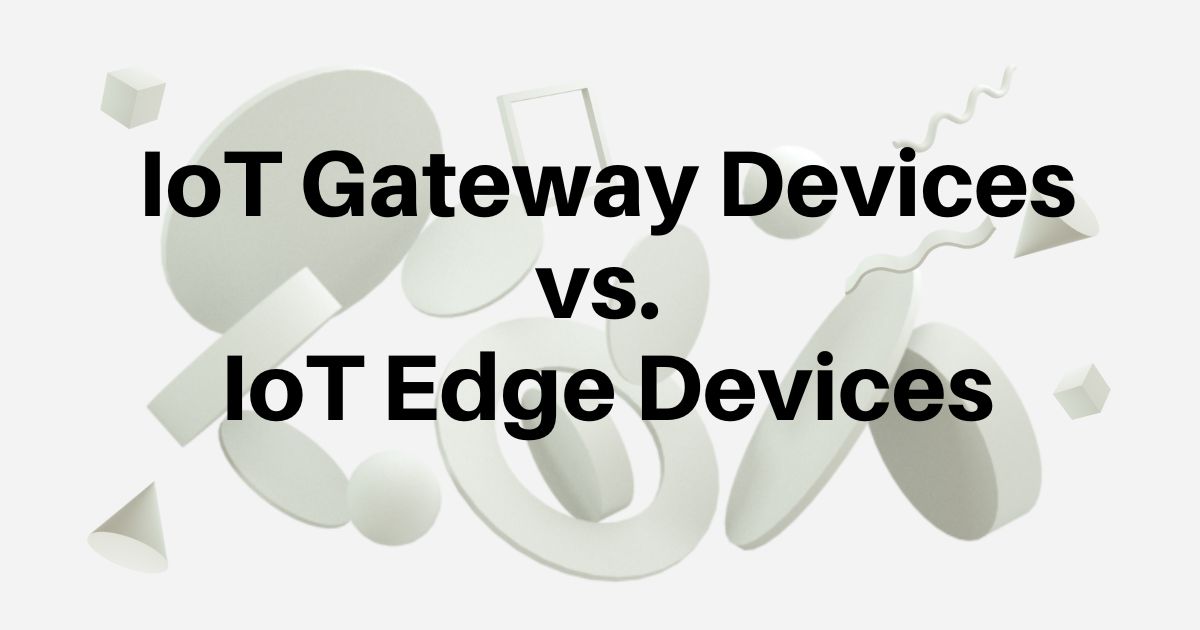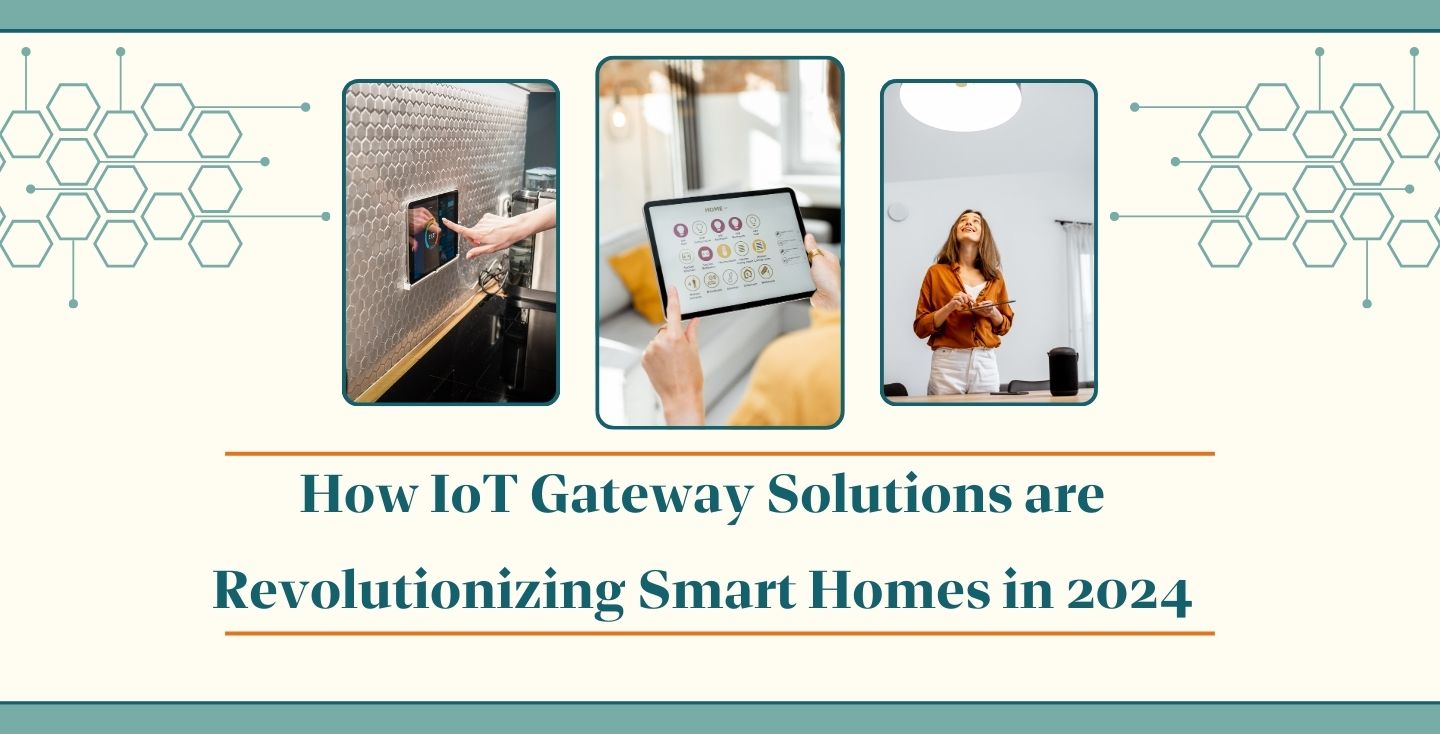In today’s fast-paced world, technology is constantly evolving, shaping the way we live, work, and interact with our surroundings. One of the most significant technological advancements in recent years is the Internet of Things (IoT), which has the potential to transform our cities into smart, efficient, and sustainable urban centers. In this blog post, we will explore the impact of IoT on urban living and how it is shaping the cities of the future.
Some statistics on the impact of IoT on Smart Cities:
- Water Conservation: A smart water management system in Los Angeles, leveraging IoT sensors, resulted in a reduction of 38 million gallons of water usage in 2022 [2].
- Energy Efficiency: Studies suggest that smart building technology with IoT sensors can lead to energy savings of 10-30% [2].
- Traffic Reduction: Amsterdam’s smart traffic management system with real-time data has shown a 20% reduction in traffic congestion [1].
Growth and Investment:
- The global smart city market is expected to reach $2.04 trillion by 2026, showcasing significant growth in this sector [source: Markets and Markets research].
- 1000+ cities worldwide are now implementing or have plans for smart city initiatives [source: McKinsey & Company report].
Citizen Impact:
- A survey found that 68% of citizens believe smart cities will improve their quality of life [source: ServiceNow research].
The Rise of Smart Cities
As populations continue to grow and urbanization becomes more prevalent, cities are facing unprecedented challenges in terms of infrastructure, transportation, energy consumption, and resource management. Smart cities, powered by IoT technology, offer innovative solutions to these challenges by creating interconnected systems that collect and analyze data in real-time to improve efficiency and enhance the quality of life for residents.
IoT Applications in Urban Environments
IoT technology is being used in a variety of ways to make cities smarter and more sustainable. From smart energy grids that optimize energy consumption to intelligent transportation systems that reduce traffic congestion and improve public transportation, the possibilities are endless. Sensors and devices embedded in urban infrastructure collect data on everything from air quality and noise levels to traffic patterns and waste management, enabling city planners to make informed decisions that benefit both the environment and the community.
Benefits of Smart Cities
The benefits of smart cities are numerous and far-reaching. By leveraging IoT technology, cities can reduce their carbon footprint, improve public safety, enhance emergency response times, and optimize resource allocation. Smart cities also empower residents to actively participate in the decision-making process through digital platforms and mobile applications, fostering a sense of community and collaboration.
Challenges and Considerations
While the potential of IoT in transforming urban living is immense, there are also challenges that need to be addressed. Privacy and security concerns, data management and governance issues, and the digital divide are just a few of the obstacles that cities must overcome to fully realize the benefits of smart technology. It is essential for policymakers, technology providers, and citizens to work together to create a sustainable and inclusive smart city ecosystem.
Key insights related to Smart Cities and how IoT is transforming urban living:
Improved Efficiency and Management:
- Resource Optimization: IoT sensors can monitor energy use in buildings and throughout the city, allowing for adjustments to reduce waste and optimize consumption of electricity, water, and other resources.
- Predictive Maintenance: Sensors can detect potential problems with infrastructure before they occur, like cracks in bridges or malfunctioning equipment. This allows for early intervention and prevents costly disruptions.
Enhanced Citizen Experience:
- Smarter Transportation: Real-time traffic data can be used to adjust traffic lights and provide citizens with up-to-date information on congestion and alternative routes, improving commutes.
- Smart Parking: Sensors can indicate available parking spots, eliminating time wasted circling for a place to park.
- Citizen Engagement: IoT data on park usage or air quality can inform improvements and empower residents to be more involved in their communities.
Sustainability Goals:
- Reduced Emissions: Smart grids can optimize energy distribution based on real-time demand, lowering overall energy consumption and reducing greenhouse gas emissions.
- Waste Management: Sensors on trash bins can signal when they need emptying, optimizing waste collection routes and reducing fuel use.
Challenges and Considerations:
- Privacy Concerns: The vast amount of data collected by IoT devices raises privacy issues that need to be addressed through robust data security measures.
- Infrastructure Investment: Building a smart city requires significant investment in new technologies and infrastructure upgrades.
Overall, IoT is transforming urban living in Smart Cities by making them more efficient, sustainable, and responsive to the needs of citizens. However, there are challenges to consider, such as privacy and infrastructure costs.
As we look towards the future, it is clear that IoT will play a crucial role in shaping the cities of tomorrow. By harnessing the power of data and connectivity, smart cities have the potential to improve the quality of life for millions of people around the world.




